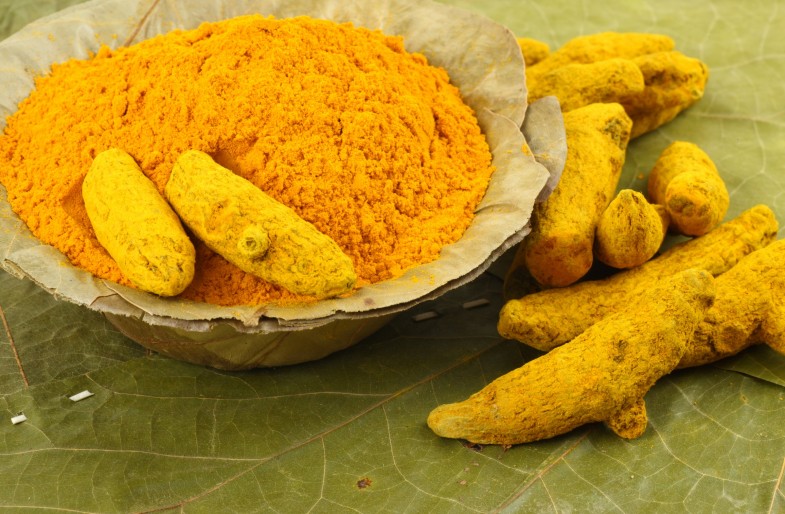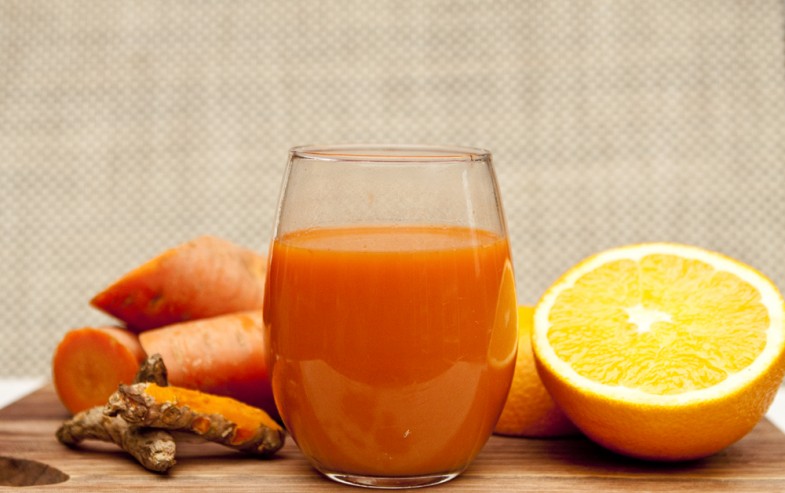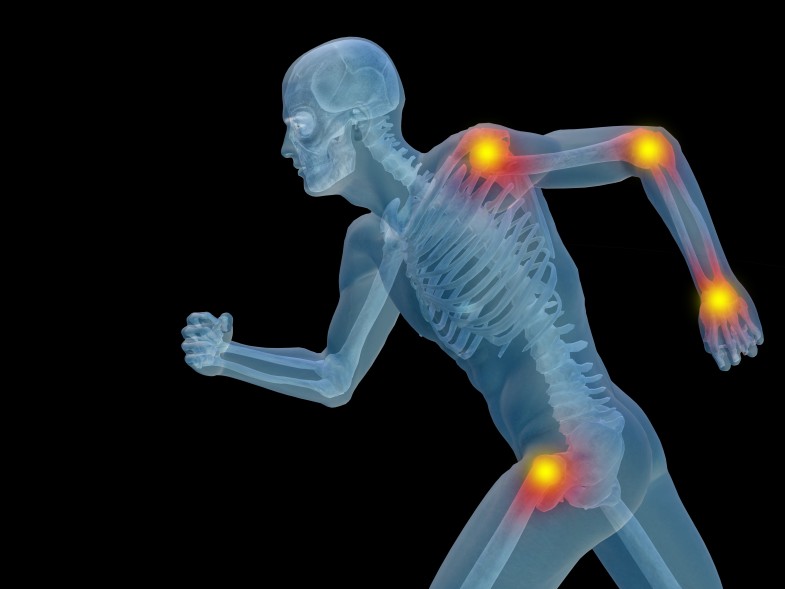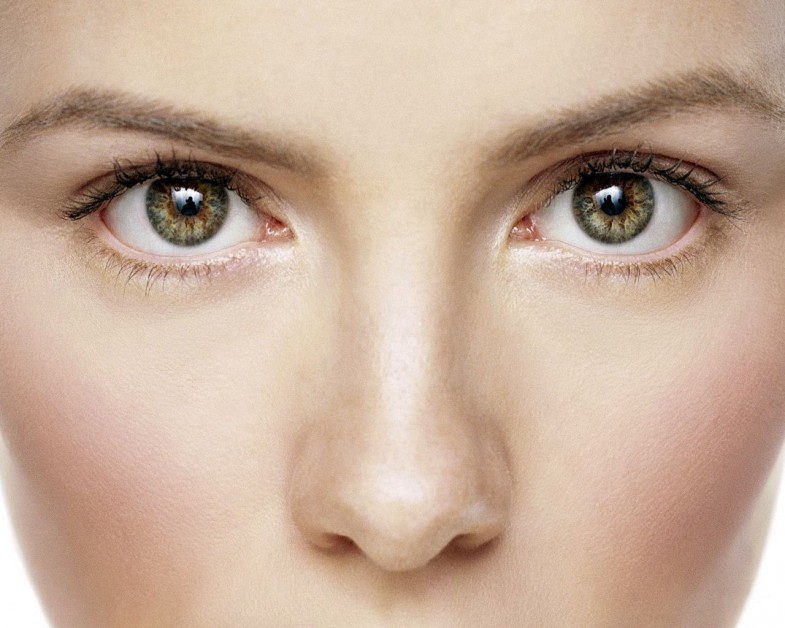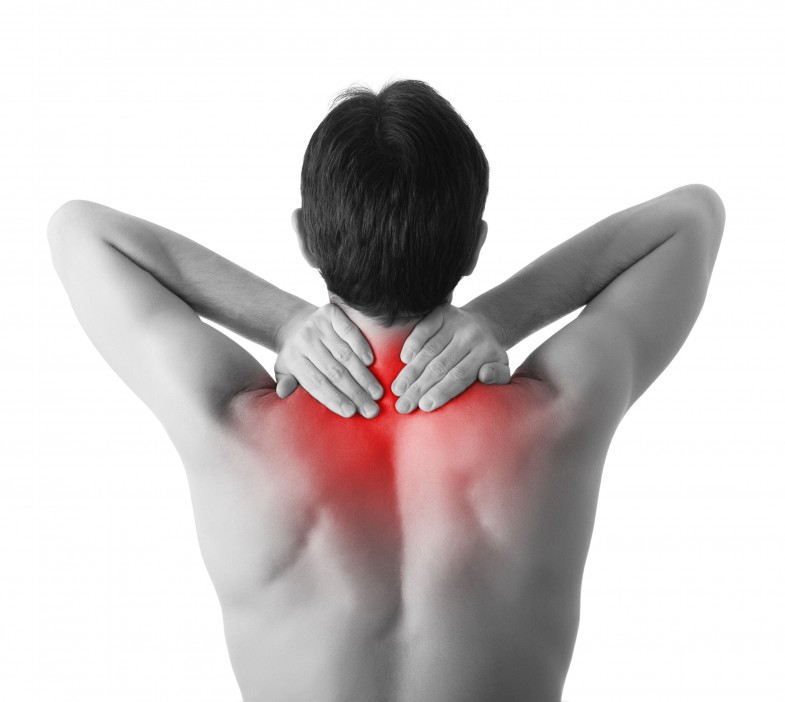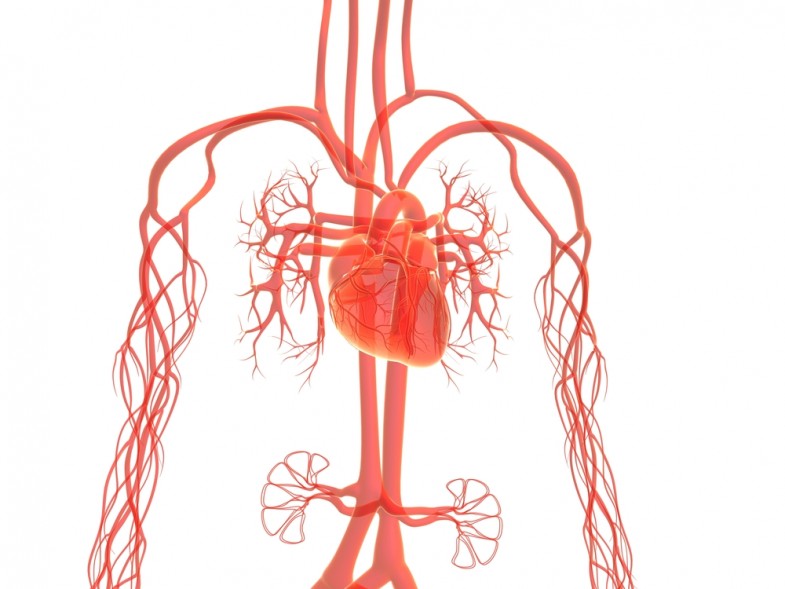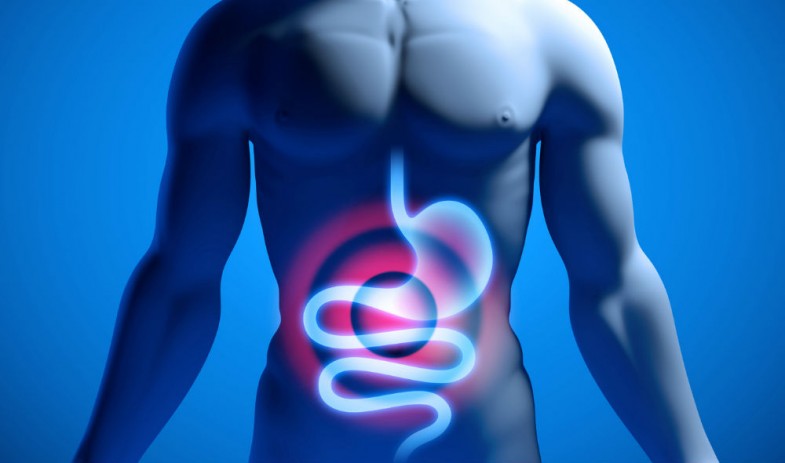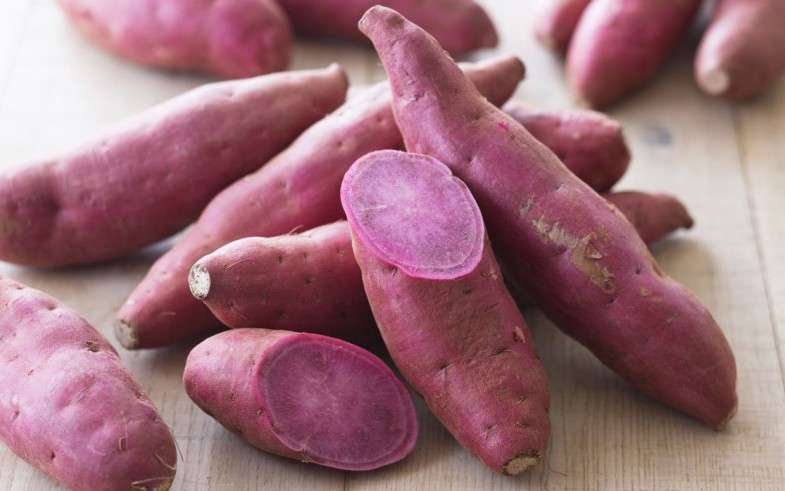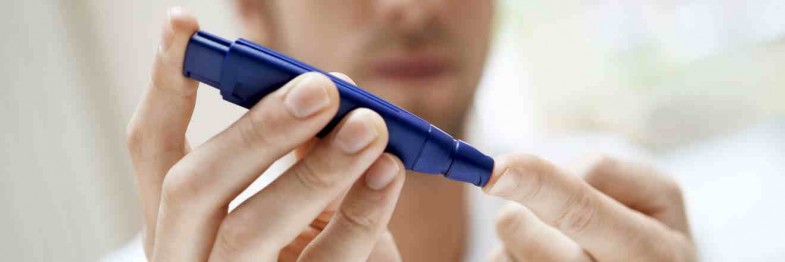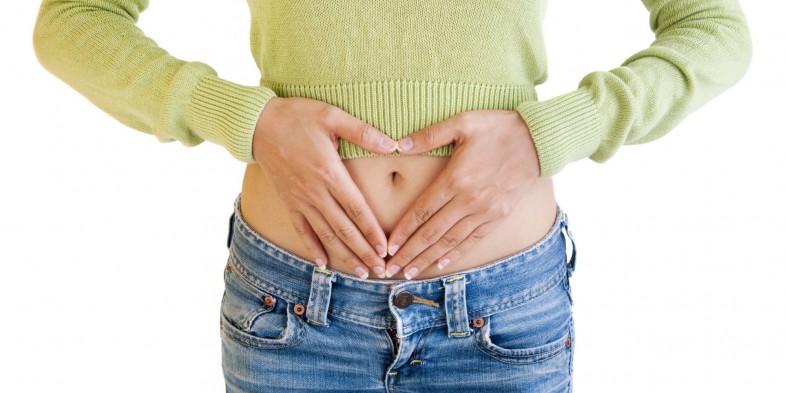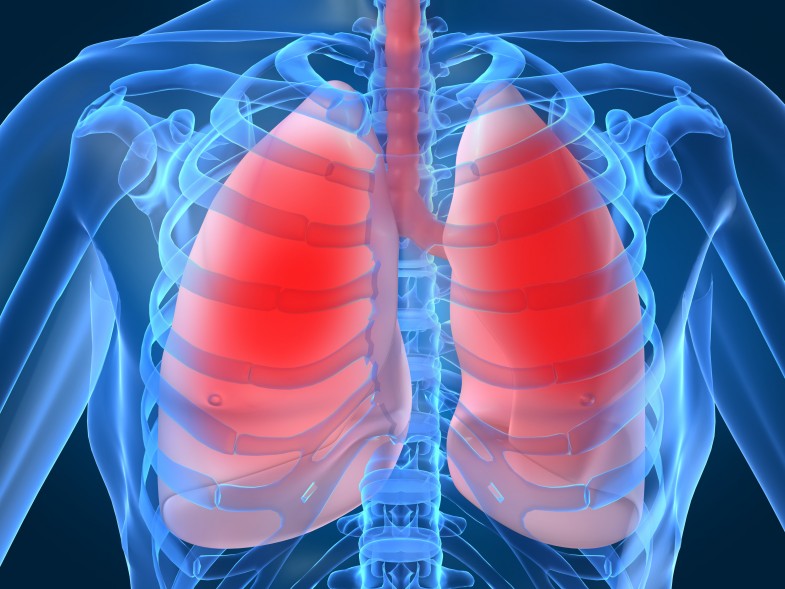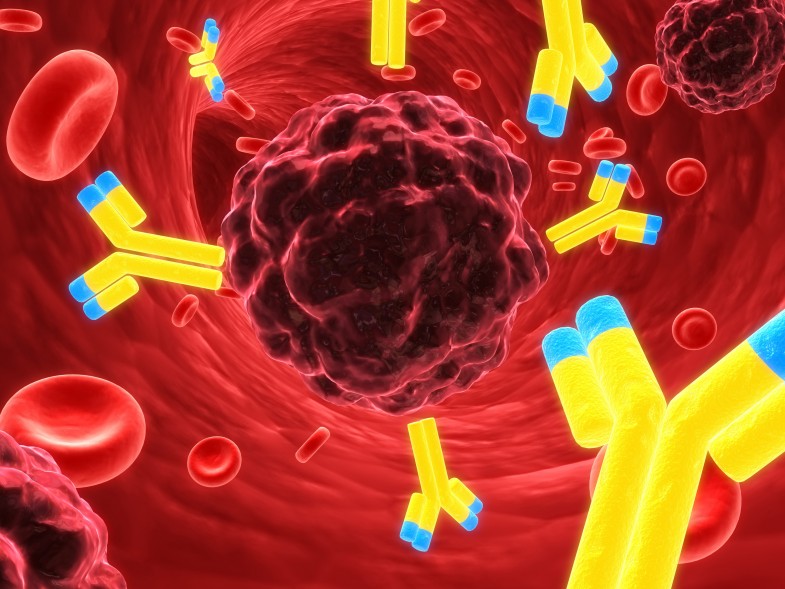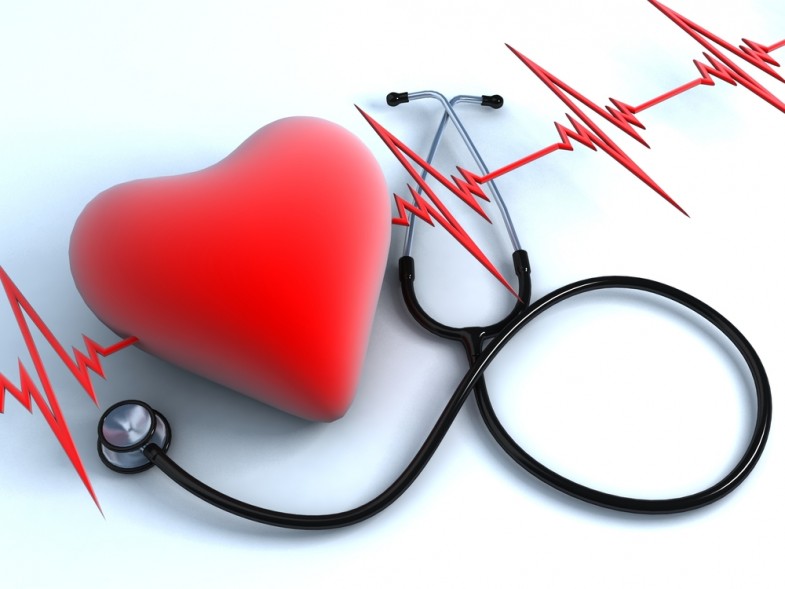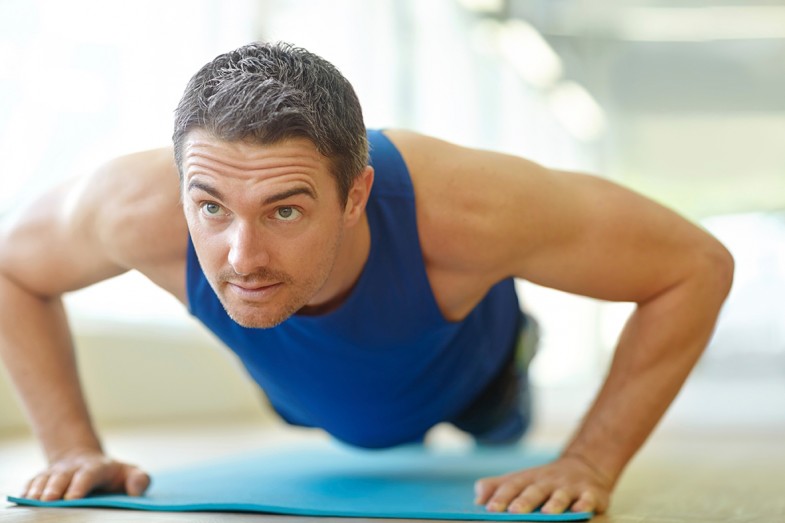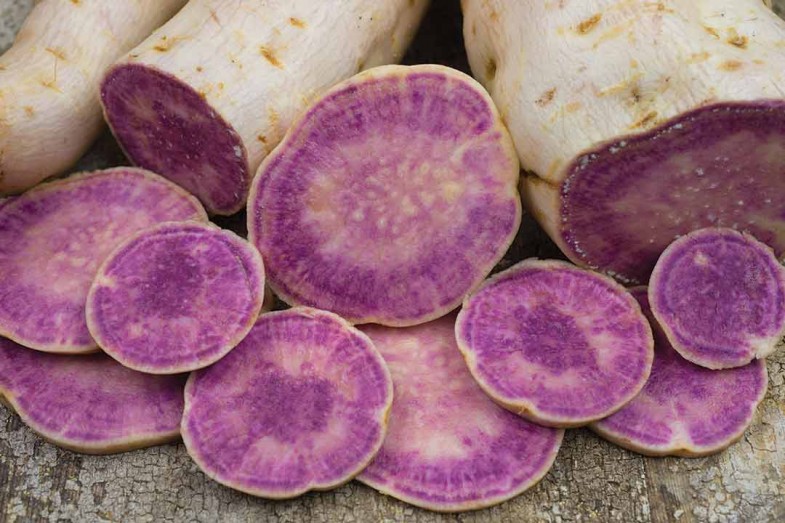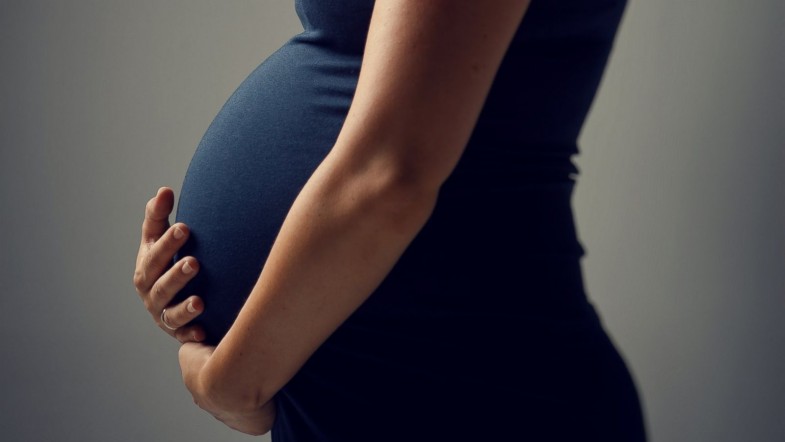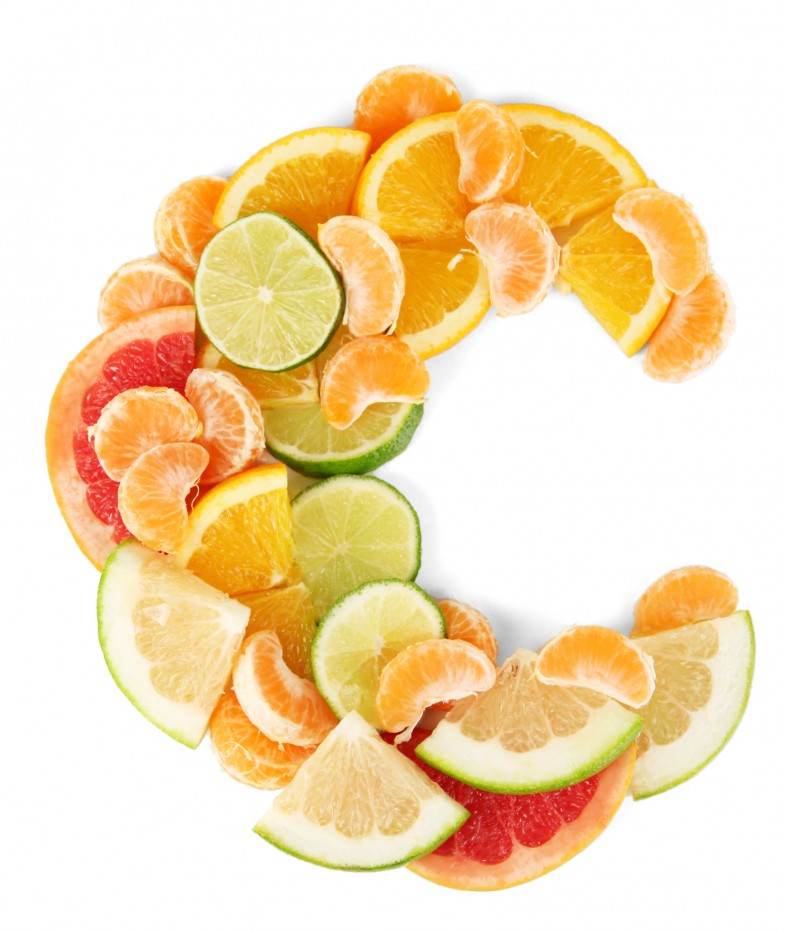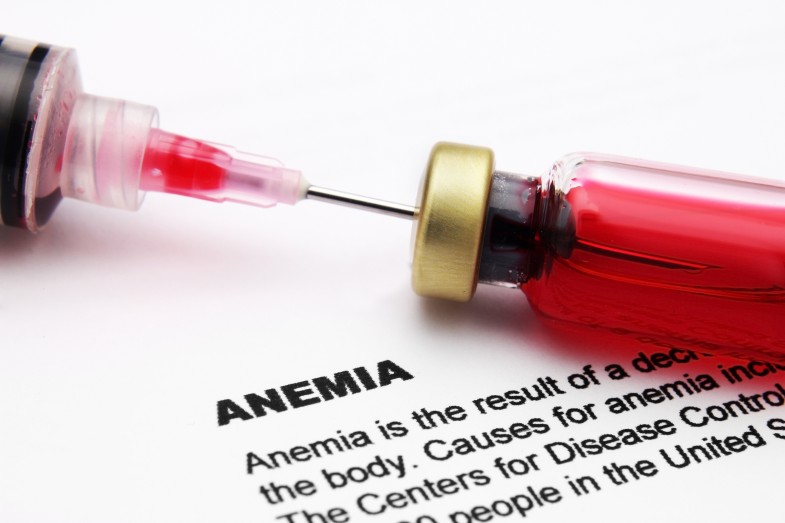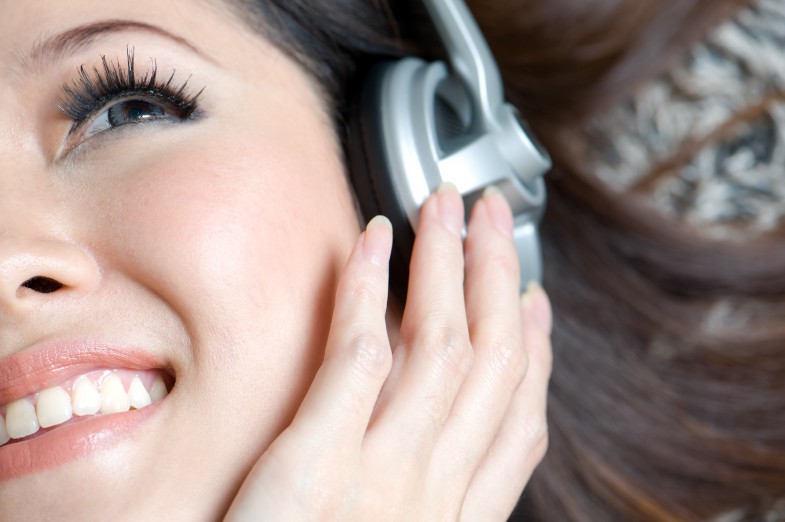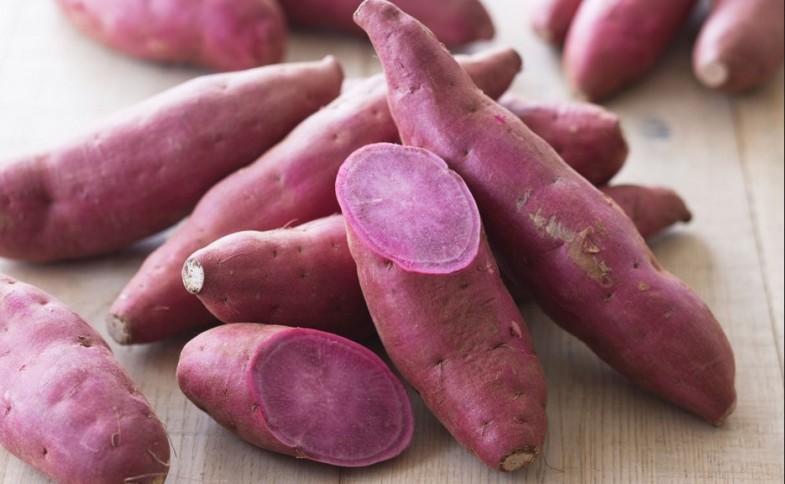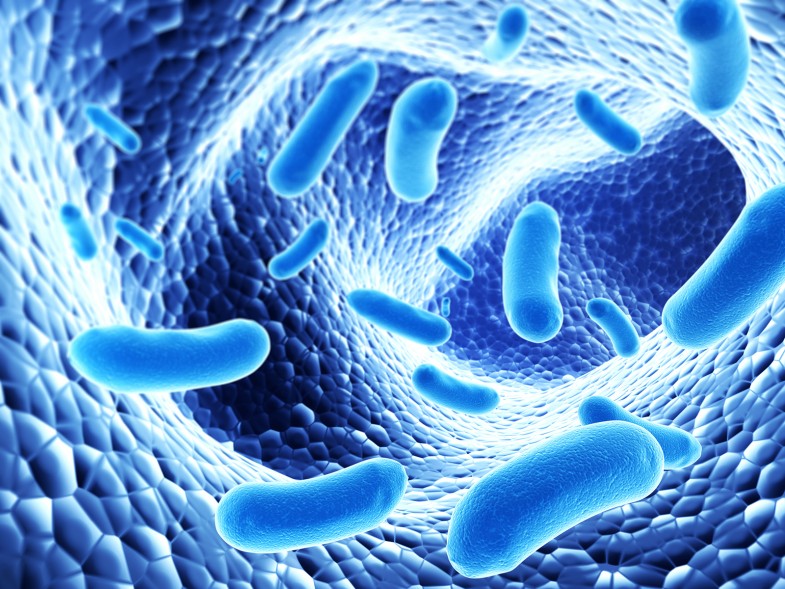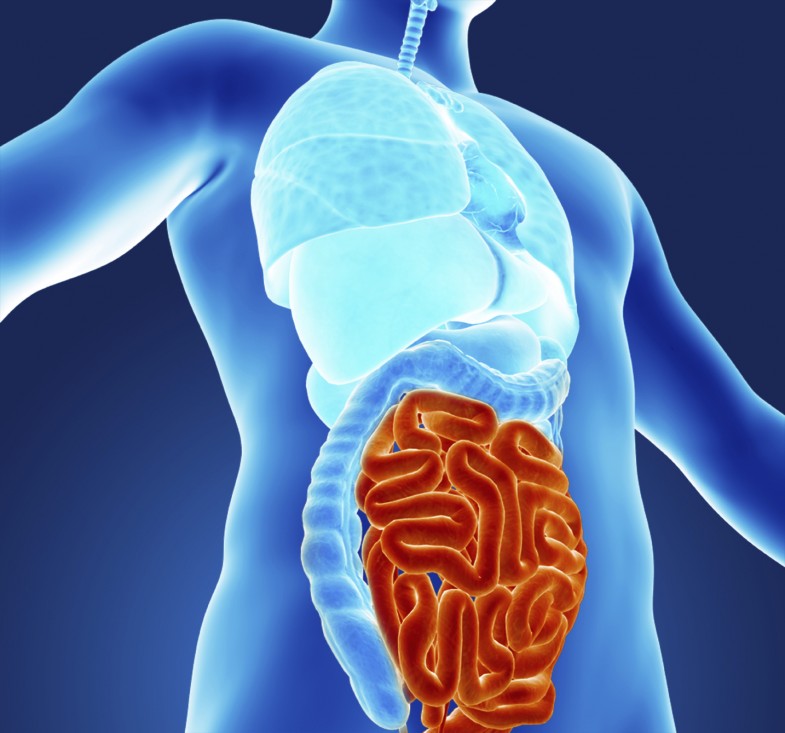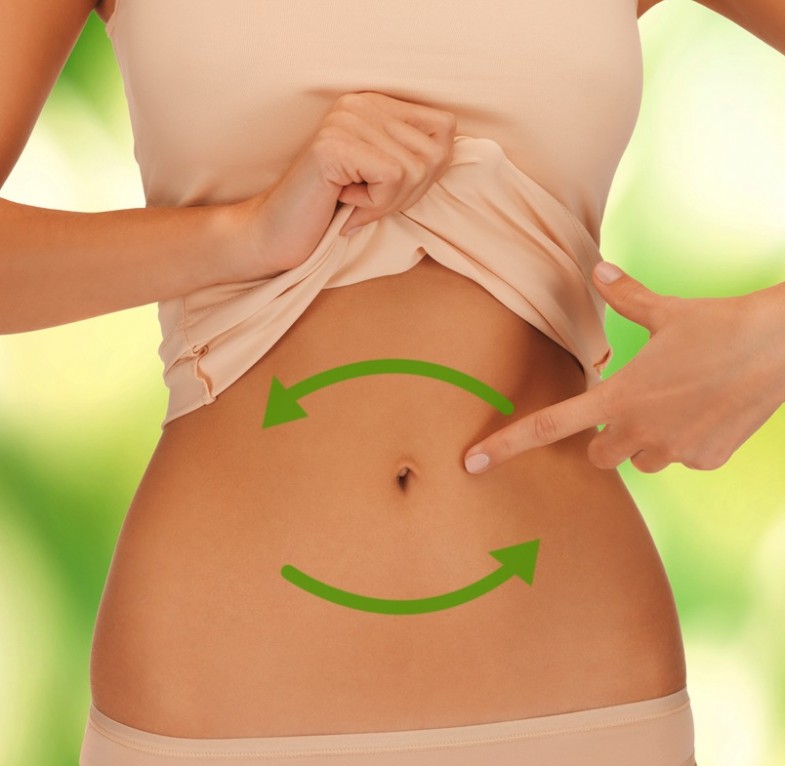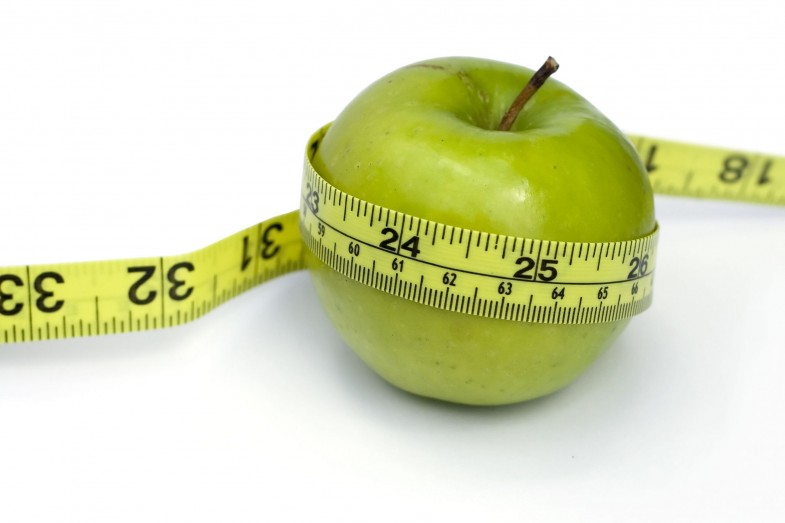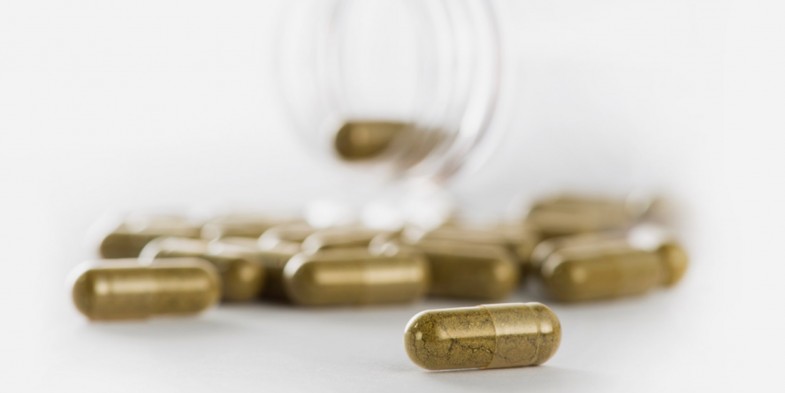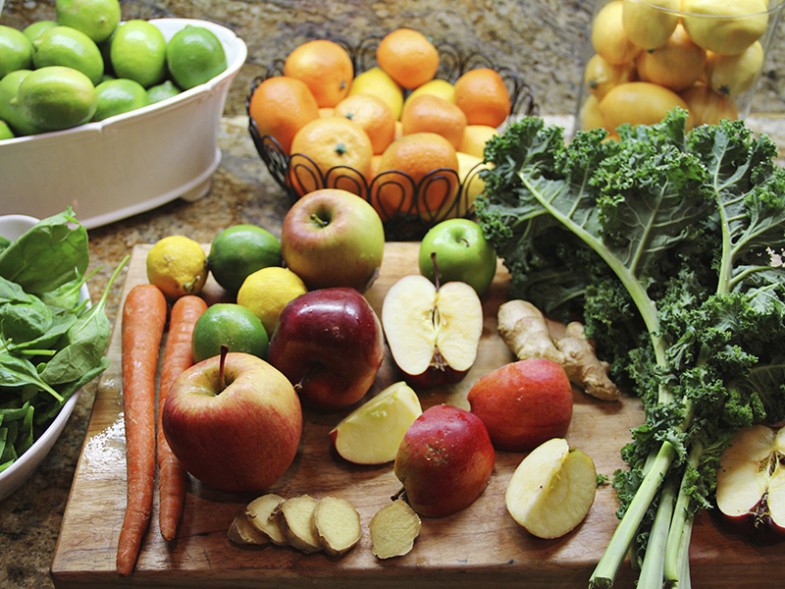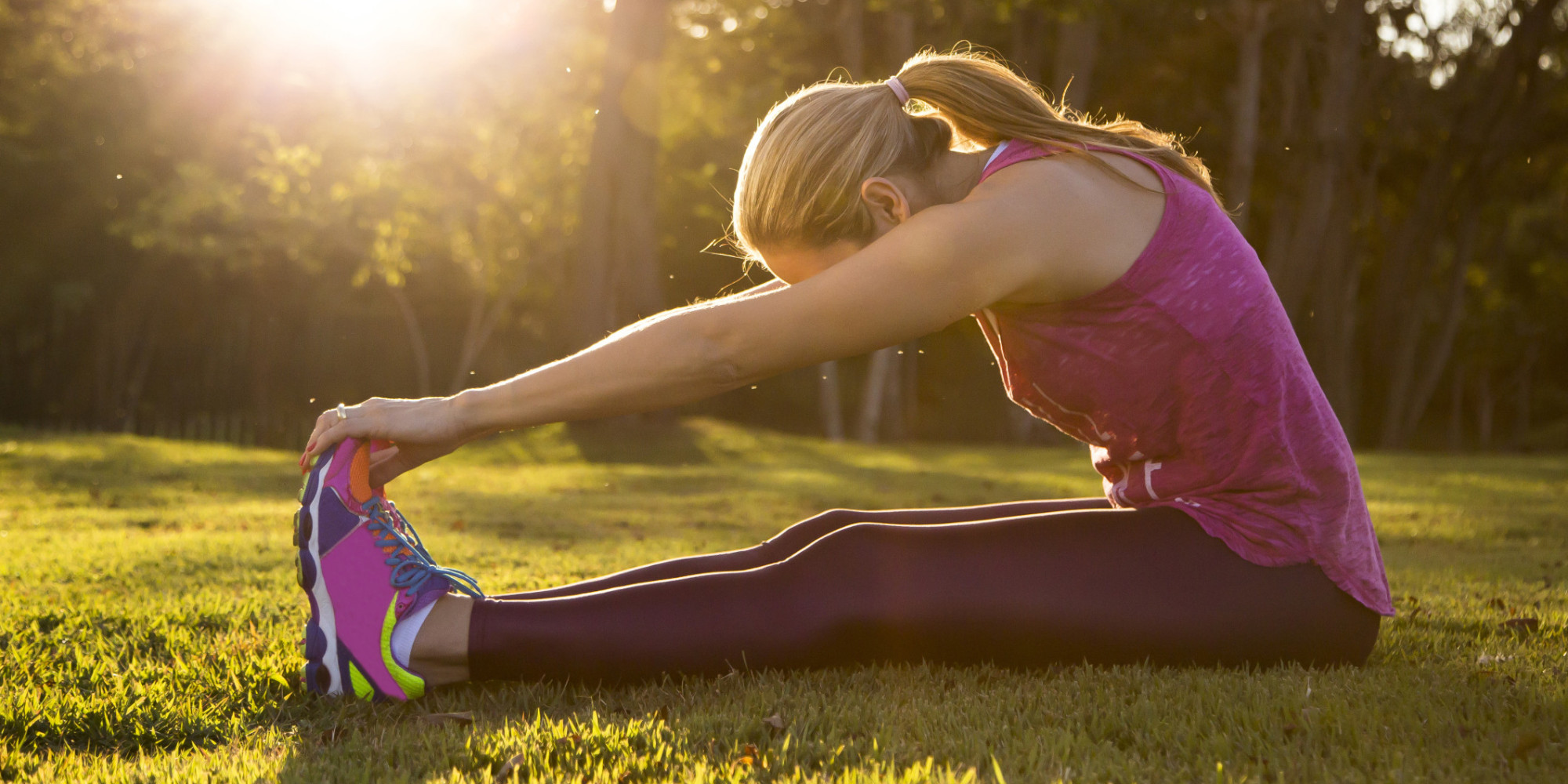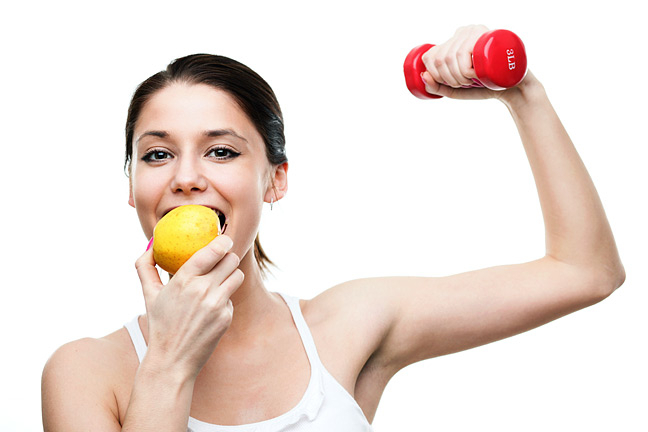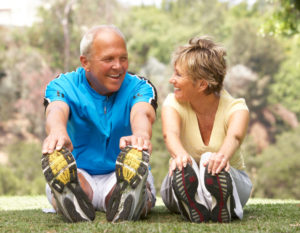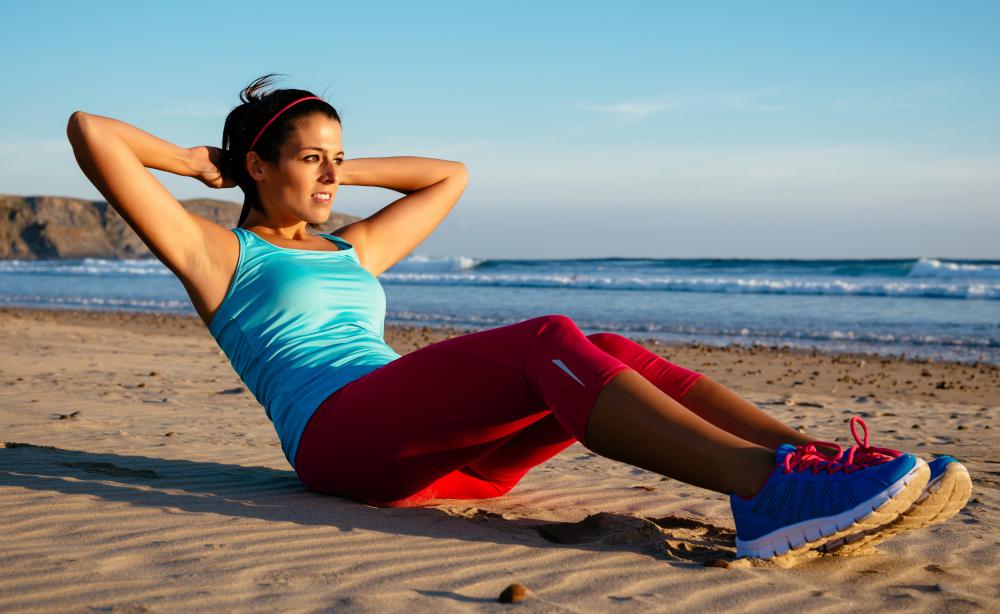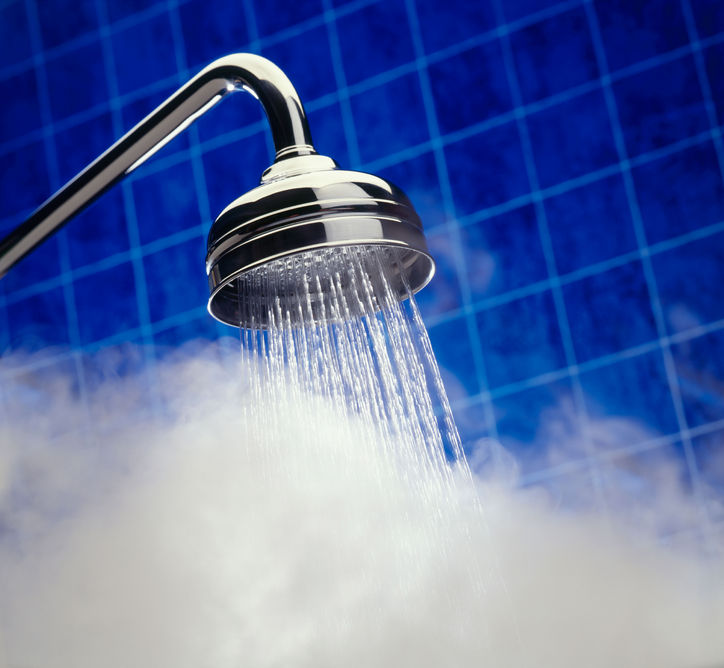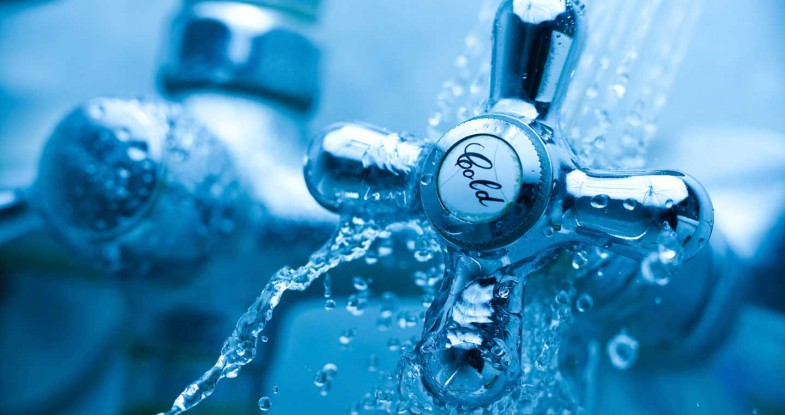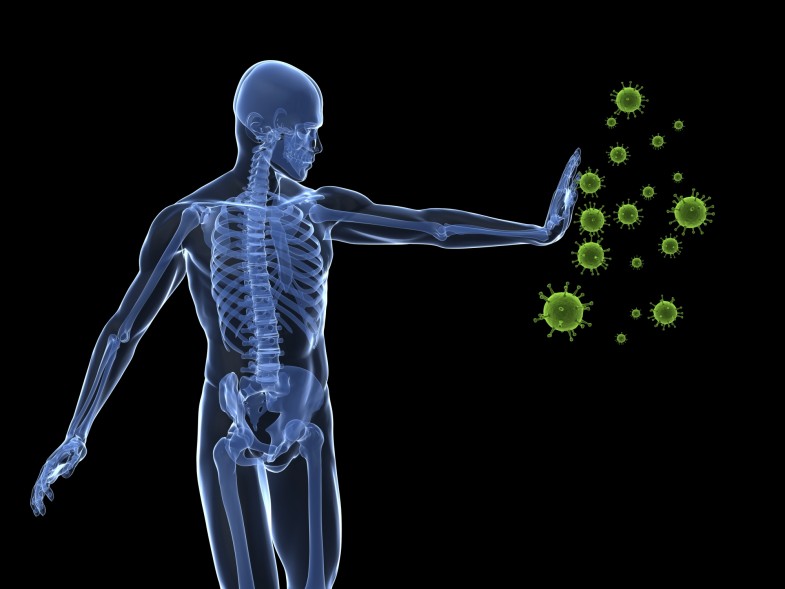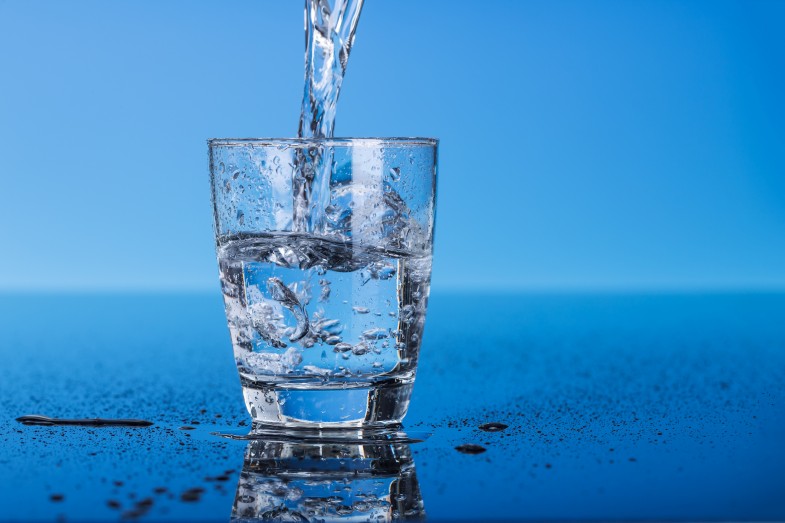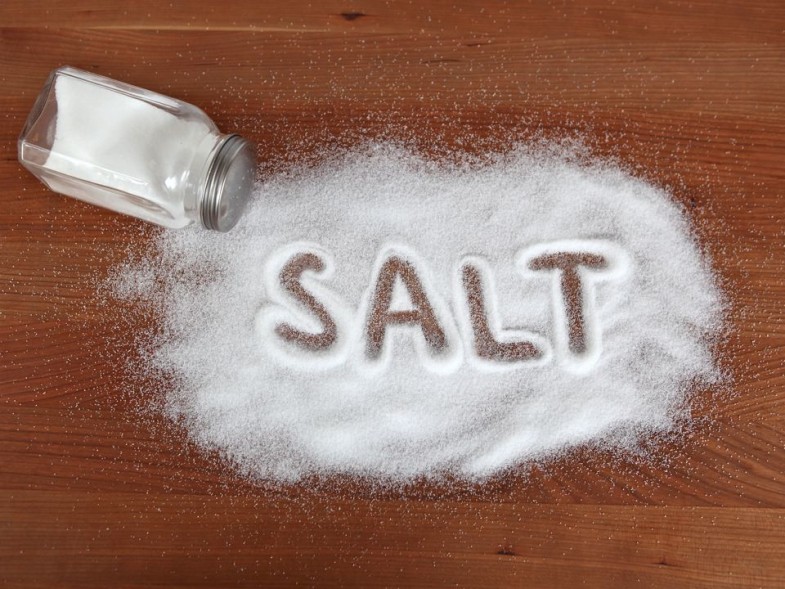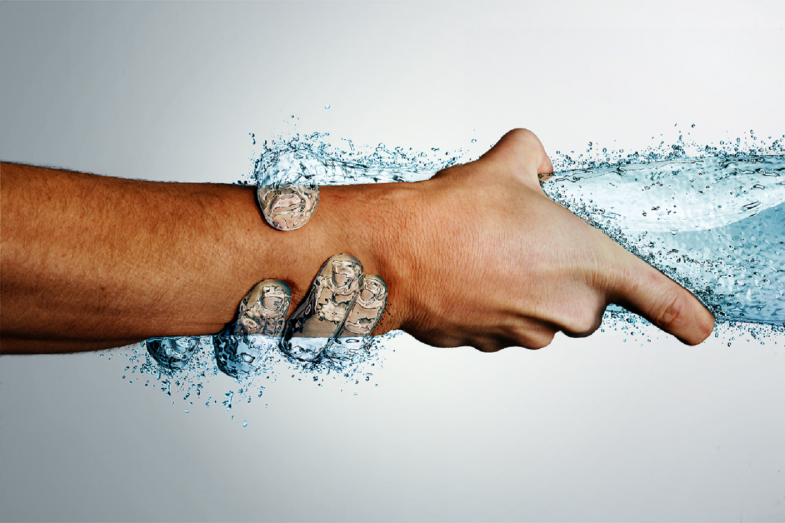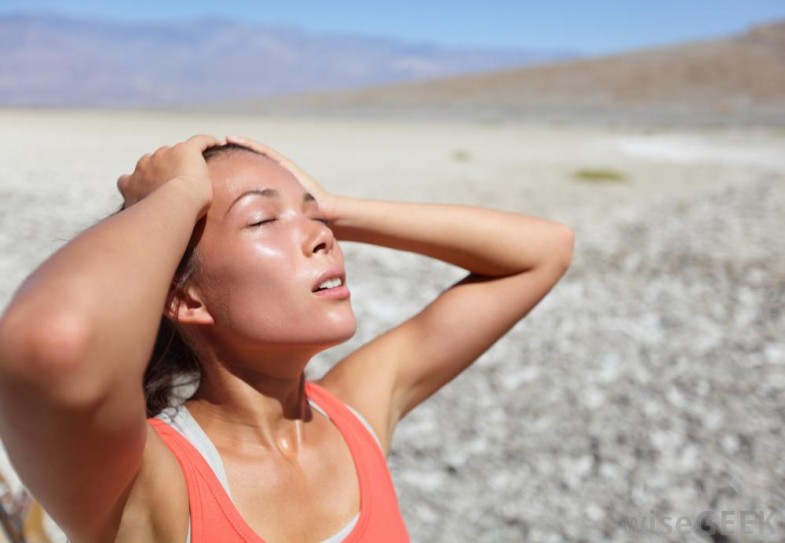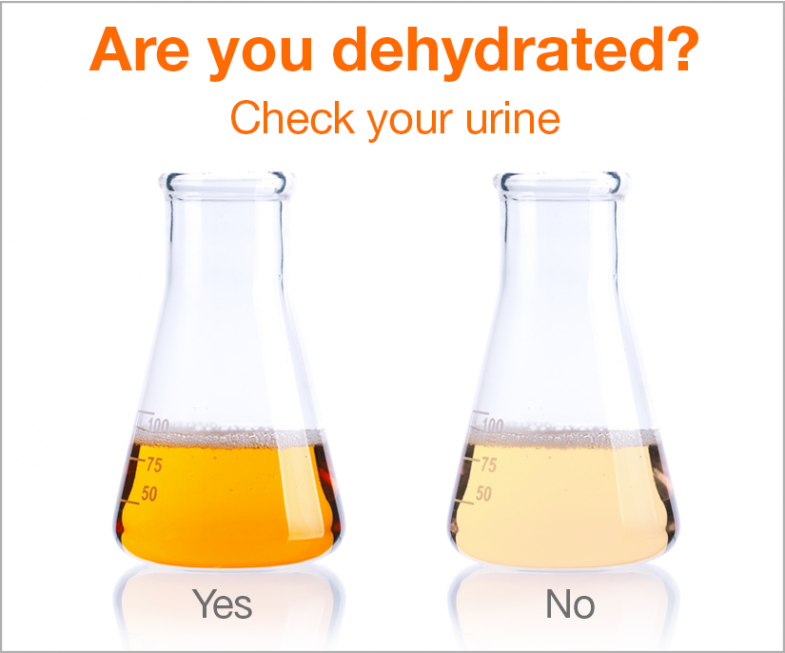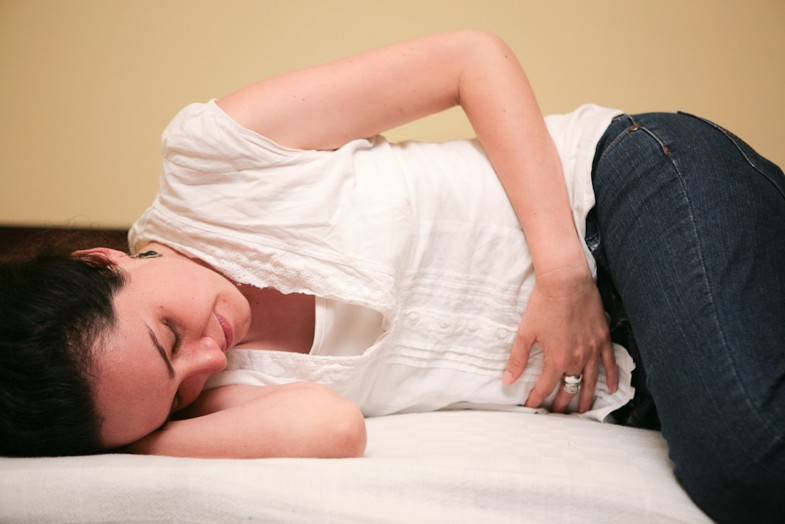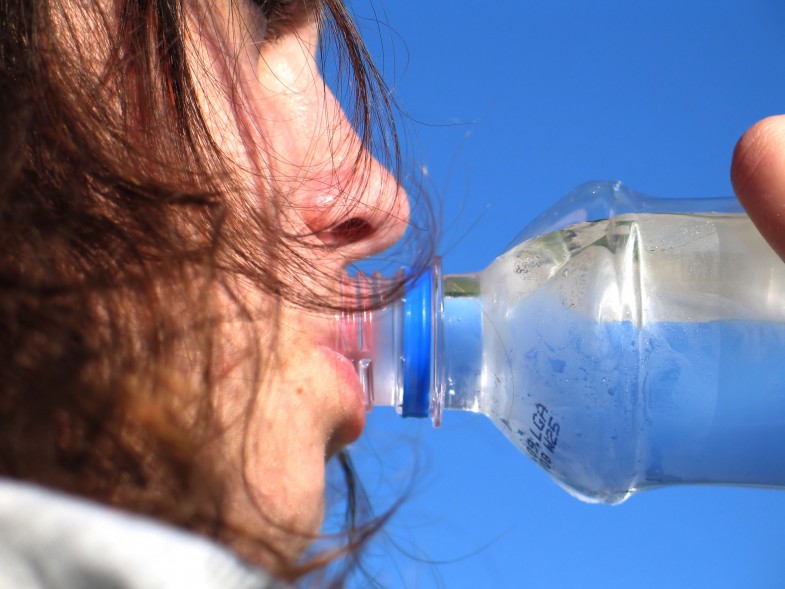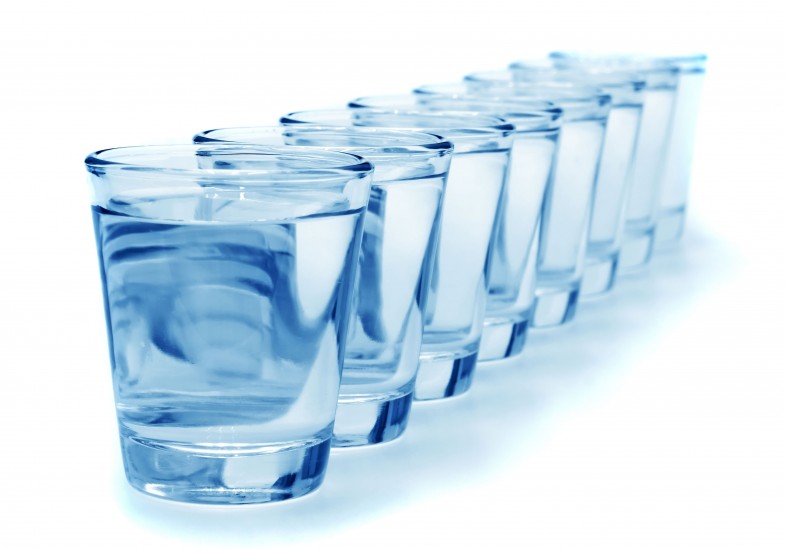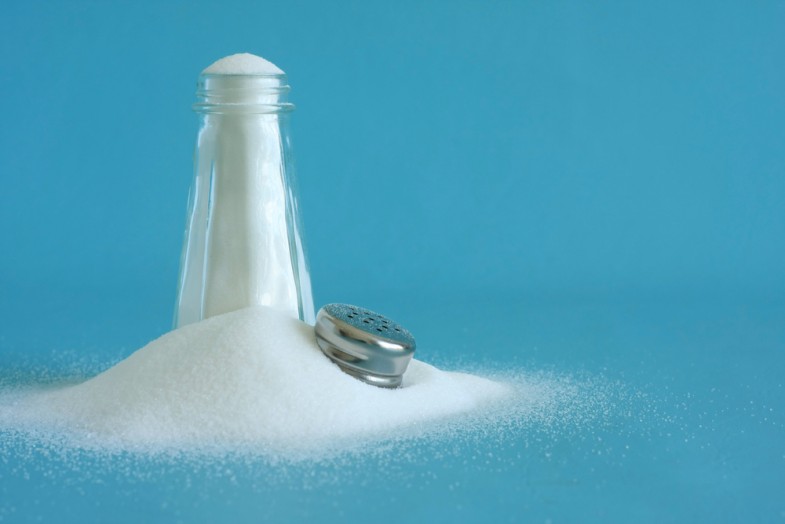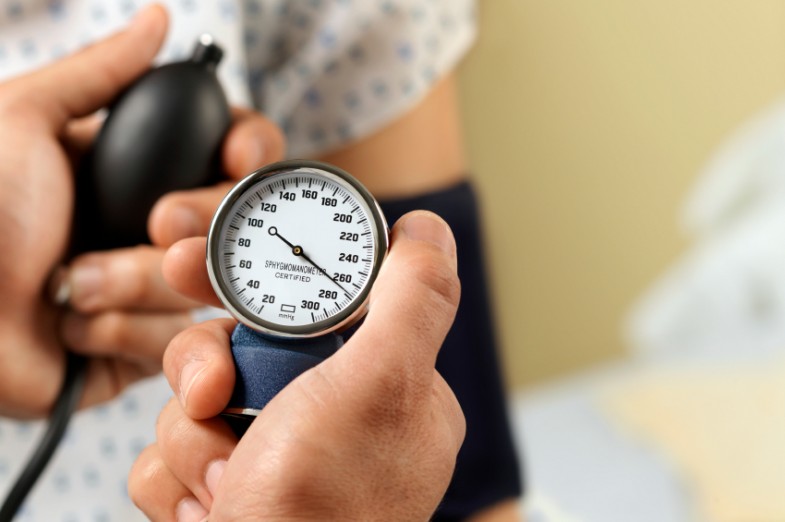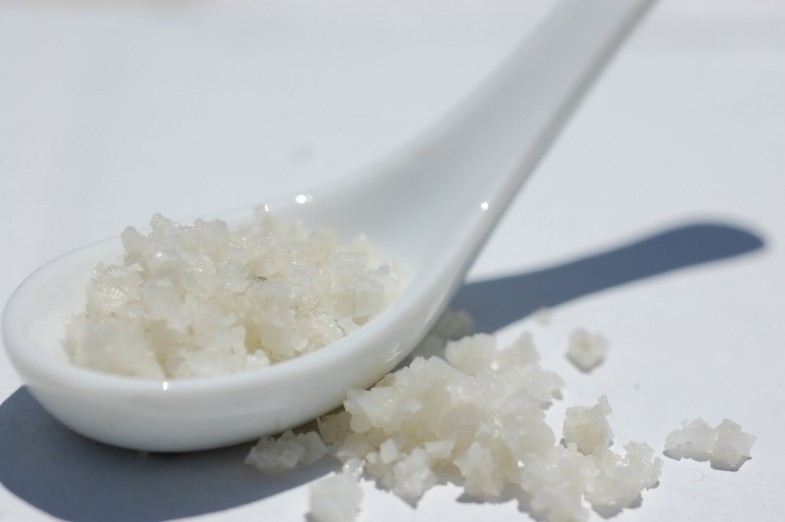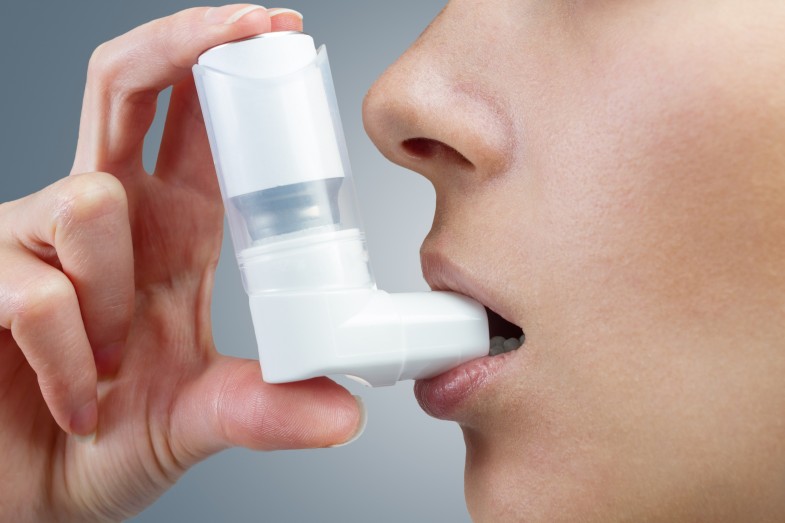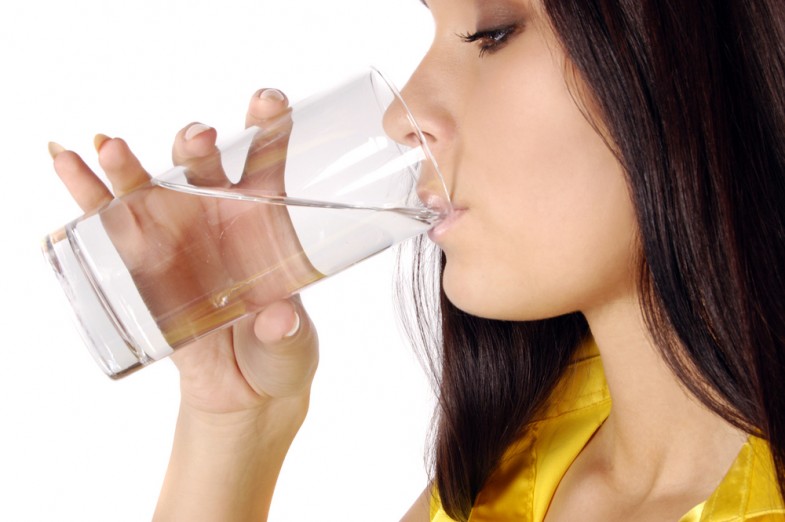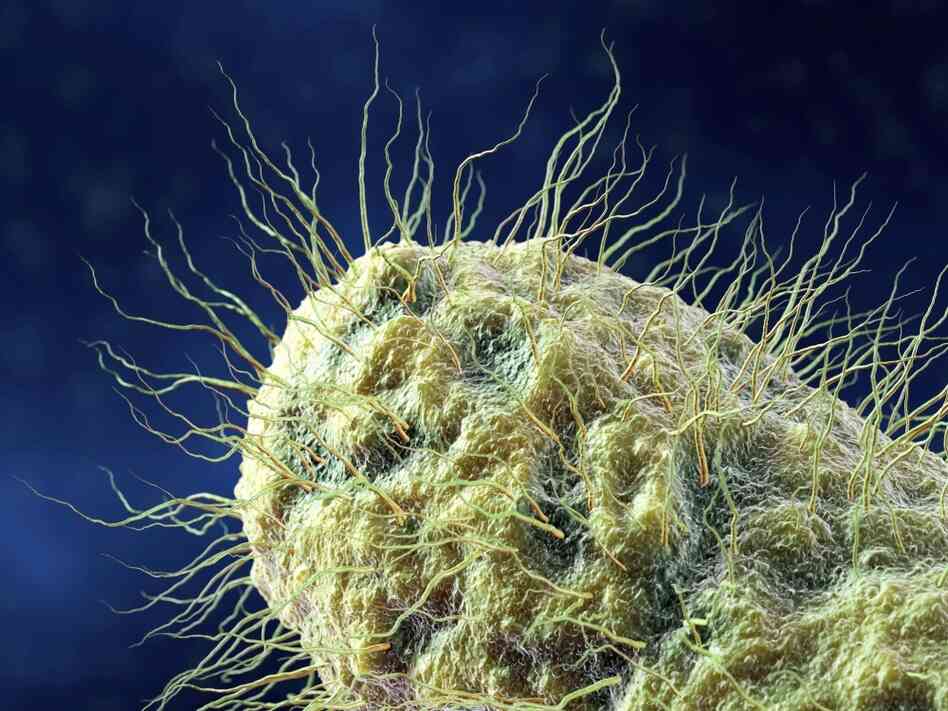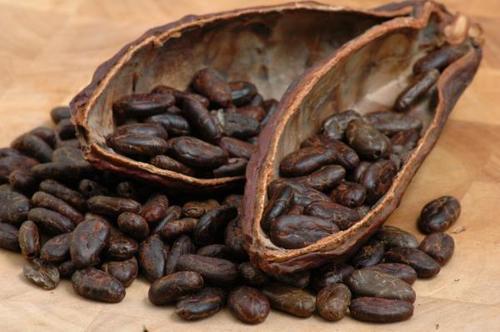Turmeric is considered the king of spices; in India, people add it to almost every dish that they cook. Turmeric is also an invaluable ingredient in many natural remedies. The spice contains more than 300 antioxidants and is beneficial to consume daily.
This juice recipe is made from turmeric; you can use powdered turmeric or fresh turmeric root. This elixir can be used as an analgesic, thanks to it’s anti-inflammatory properties. It also provides a wide range of health benefits.
Ingredients:
- 1 tbsp powdered turmeric or grated, fresh turmeric
- ½ tsp grated ginger
- 5 organic carrots
- 1 organic orange
- 2 organic lemons
- 1 organic cucumber
Instructions:
Peel the citrus fruits. Cut the cucumber and carrots into pieces. Blend everything together in a high speed blender. Serve alone or with ice. For optimal results, drink this juice in the morning half an hour before you eat breakfast.
Benefits:
Helps Arthritis: Turmeric juice relieves inflammation caused by arthritis. When consumed, curcumin (one of the antioxidants found in turmeric) becomes active and relieves stiffness and swollen joints.
Treats Depression and Dementia: American scientists have proven that turmeric reduces the risk of depression and dementia and also relieves the symptoms of these conditions.
Lead researcher Dr. Ajay Goel analyzed the properties of turmeric together with his team.They found that turmeric is only 2-5 % less effective than pharmaceutical antidepressants. Turmeric can treat depression and dementia without causing side-effects.
“Speaking in the aspect of medicine, we have a natural remedy that is just 2% less effective than pharmaceutical drugs, and this 2% mean absolutely nothing,” says Dr. Goel. He adds that “turmeric is safe, even when consumed in large amounts.”
Scientists are still trying to determine how turmeric affects depression. They believe that it blocks the enzymes that increase the risk of depression, and also reduces the level of cytokines in the body; cytokines can affect the body’s response to stress.
Eliminates Toxins: This juice successfully flushes toxins out of the body and also improves the complexion.
Reduces Pain: According to researchers, turmeric is effective in the treatment of pain and inflammation caused by steroid drugs.
Experts at the National Institute of Health believe that turmeric is effective in the treatment of rheumatoid arthritis because it stops the destruction of joints. Turmeric contains Nf-kB, a protein that activates the defensive mechanisms in the body that help fight pain.
Helps in Cancer Treatment: Antioxidants interfere and regulate the growth of free radicals in the body; free radicals lead to many diseases including cancer. Turmeric juice provides prevention against ovarian, colon, prostate, and breast cancer.
Nourishes Heart and Blood Vessels: Turmeric juice regulates cholesterol and protects heartand blood vessels. Turmeric also helps to prevent potential cardiovascular diseases.
Treats Digestive Problems: This juice reduces bloating, relieves heartburn, and heals gastritis. Add turmeric as a spice to every meal for better digestion, or take a teaspoon of turmeric in water every day.
Source: healthyfoodhouse.com
